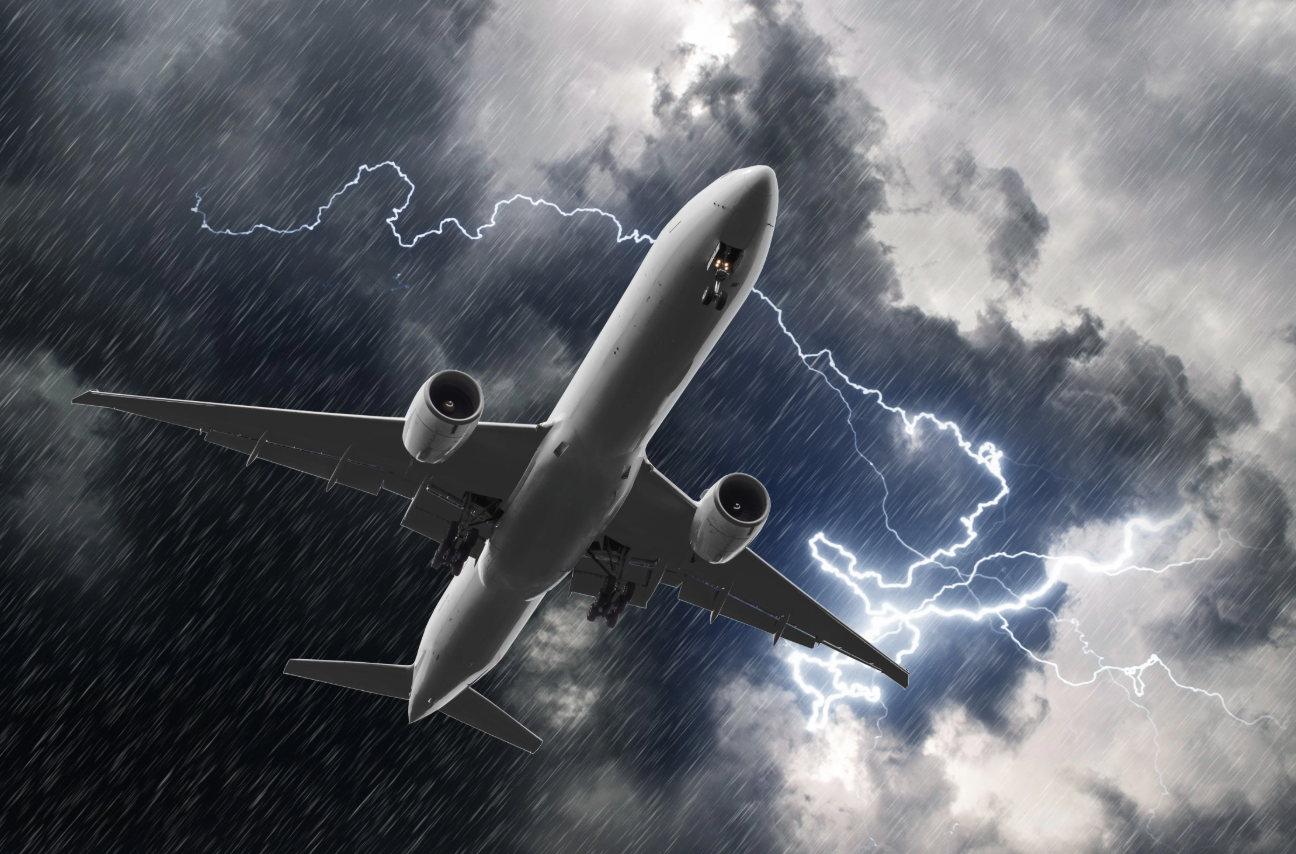Thunderstorm Avoidance Procedures

Thunderstorm avoidance in aviation involves a combination of pre-flight planning, in-flight monitoring, and emergency procedures to minimize the risk of encountering hazardous weather conditions. Pilots prioritize avoiding thunderstorms altogether, using weather radar, communication with air traffic control, and visual observation to detect and stay clear of storms.
Pre-Flight Planning
Route Planning: Pilots should plan their routes to avoid areas with forecasted thunderstorms, potentially delaying flights or choosing alternative routes.
Alternate Airports: Identifying alternate airports along the route allows for diversion if necessary.
Weather Information: Utilizing weather reports and forecasts to understand storm locations, movement, and intensity is crucial.
In-Flight Procedures
Radar Monitoring: Pilots use weather radar to detect and track thunderstorms, focusing on areas of heavy precipitation (red and yellow zones).
Safe Distance: The FAA recommends maintaining a minimum distance of 20 nautical miles from severe thunderstorms to avoid turbulence and hail.
Visual Observation: Pilots should be vigilant for visual signs of thunderstorms, such as cumulonimbus clouds, dark skies, and lightning, and adjust course to avoid them.
Communication with ATC: Staying in contact with air traffic control (ATC) for updates on storm locations, movement, and advice on avoidance strategies is important.
Thunderstorm Penetration
If encountering a thunderstorm, pilots should:
- Maintain a stable attitude and accept altitude excursions.
- Reduce airspeed to maneuvering speed (Va).
- Extend landing gear on retractable-gear aircraft.
- Disconnect autopilot and turn on anti-ice equipment.
- Tighten seat belts and increase cabin lights.
- Maintain heading as best as possible.
Historical Context
While modern radar and sophisticated weather systems have made thunderstorm avoidance more accurate, the fundamental principles of staying clear of storms have remained consistent throughout aviation history. Early pilots relied heavily on visual observation and ground-based weather reports. The development of weather radar in the mid-20th century revolutionized thunderstorm avoidance, allowing pilots to detect storms from a distance and plan their routes accordingly. Continued advancements in radar technology and weather forecasting have further enhanced the ability of pilots to identify and avoid thunderstorms, making aviation safer.
